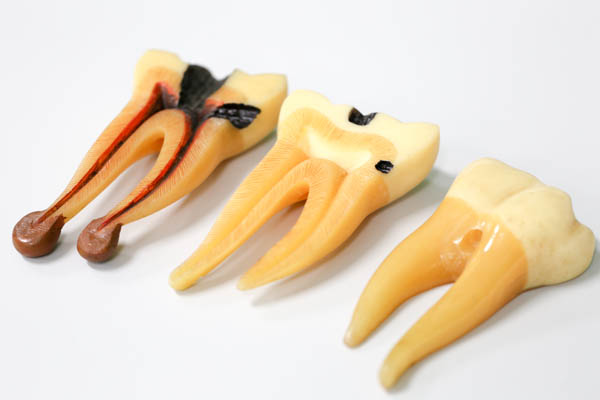Even though dental implants only started becoming popular in recent years, the procedure has been done even before dentistry became a profession. Over 4,000 years ago, the Chinese used bamboo to replace missing teeth. The Mayans used shells, while the Egyptians used precious metals to replace missing teeth.
Fortunately, there have been numerous technological advances since those days, so you do not have to settle for a piece of wood as a replacement for your missing teeth.
These days, you have plenty of options to choose from when it comes to replacing your missing tooth, including getting dental implants, which is the most stable and effective cosmetic dentistry procedure for missing teeth.
Single tooth implant technology
In the past, getting a single tooth implant required numerous visits to the dentist because you had to wait for the replacement tooth to be made and then go back to get it fitted, and again to make sure your gums were healing properly.
These days, you no longer have to wait a long time to complete the procedure, especially if you are getting a single tooth implant because the entire procedure can be completed in one trip — which means you don’t have to worry about walking around with a gap in your teeth because you are waiting for your new tooth to be made.
Dentists now have an ICAT machine, which allows them to use 3D imaging to prepare for your procedure. The machine is used to make a virtual mock-up of your mouth, which means you don’t have to sit through your dentist cutting through your gums to find your jawbone.
Since the ICAT machine will give your dentist a layout of your mouth, you will not have to deal with the pain that comes with looking for the bone and the healing time that comes with the procedure. Also, you will not need a follow-up visit to complete the procedure.
What is the procedure like?
When you go to your dentist to request a single tooth implant, they will use the ICAT machine to determine where the bone is and they will also order the replacement tooth, which will be ready by the time of your surgery.
The ICAT also allows your dentist to bypass the osseointegration period, which is a six-week period given to patients for the implant to get fused to the bone. Even though there will still be some healing time involved, your dentist will be able to fit the crown in your mouth during the procedure, allowing you to go about your everyday life.
Since most insurance companies don’t cover cosmetic dentistry procedures, check to make sure the plan you have does to avoid paying a lot of money for the procedure.
The bottom line
If you have more than one missing tooth and have the time to make multiple trips to the dentist, traditional dental implants might work for you. If you don’t have the patience to wait months for the procedure to be completed, talk to your dentist about single-tooth implants and find out if it is something you can get done at their office.



